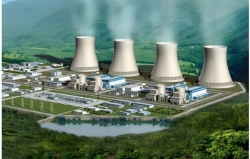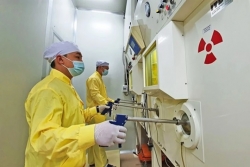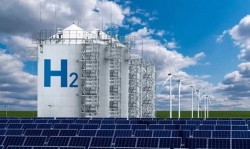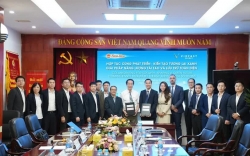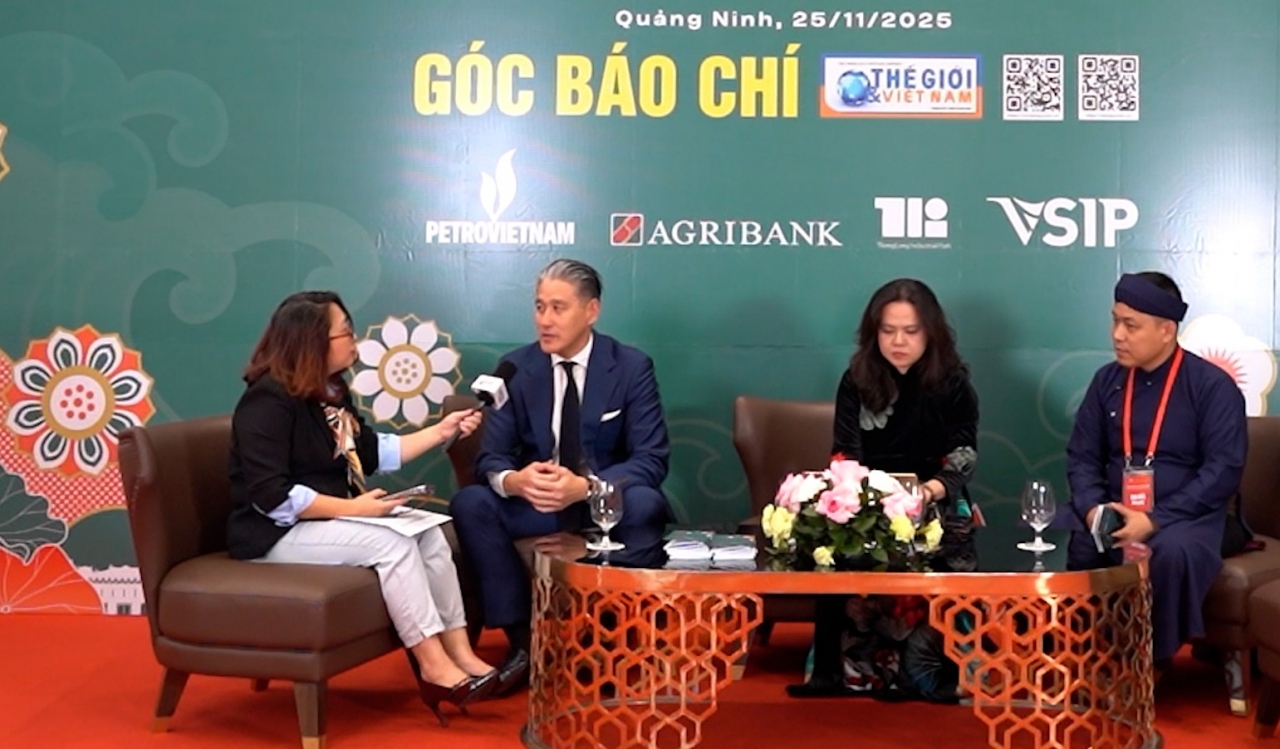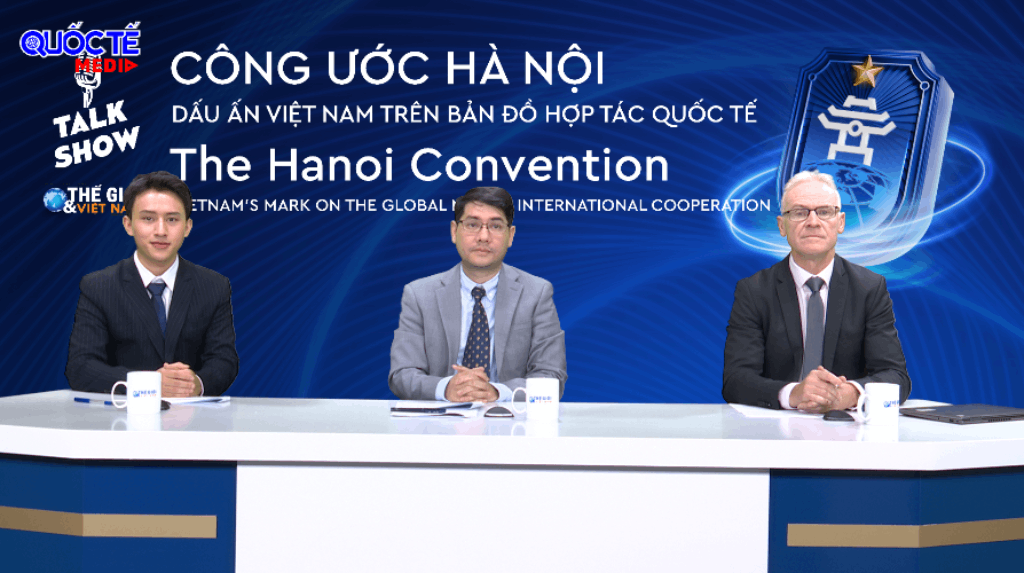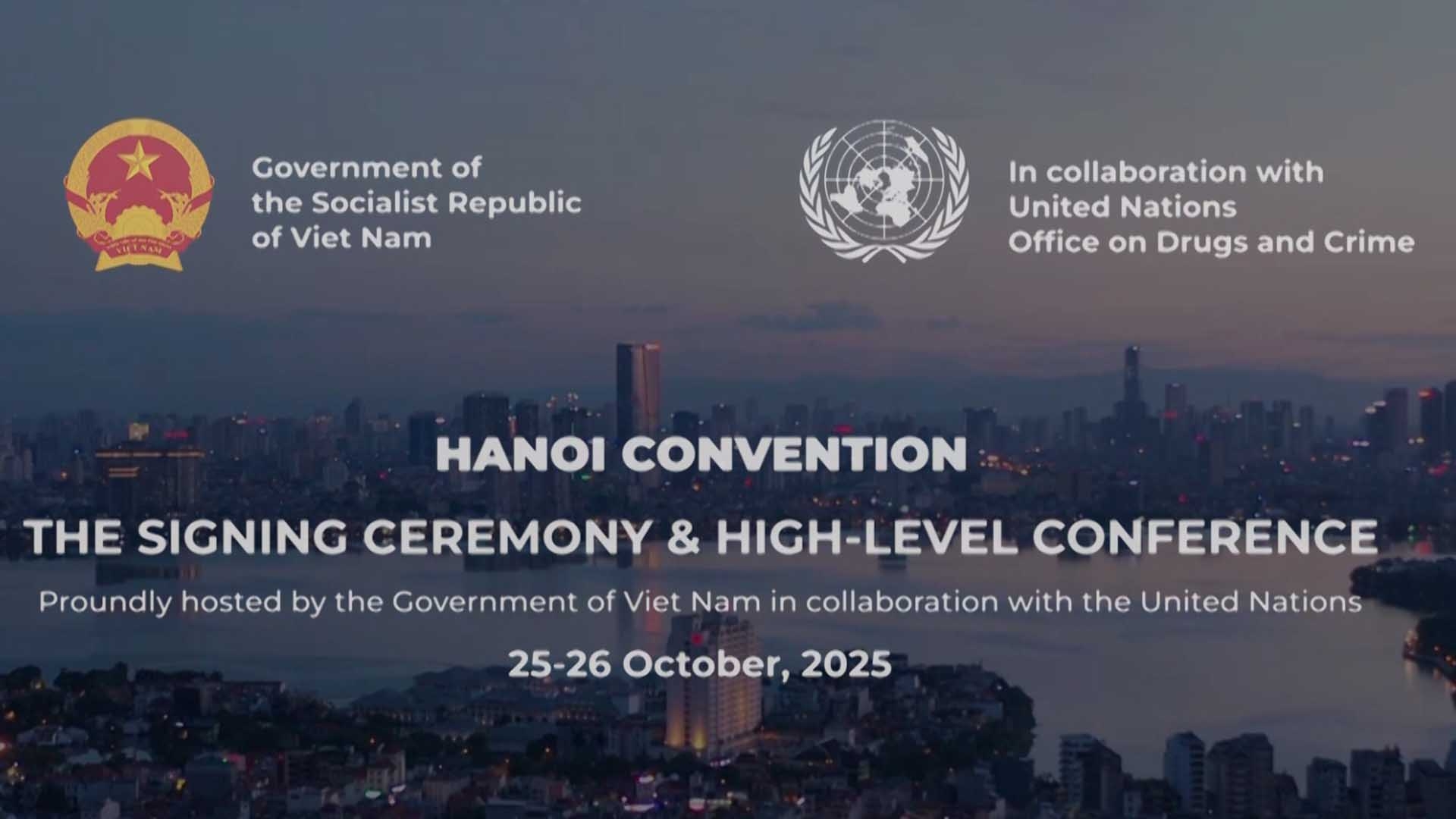
Vietnam's nuclear power comeback to meet energy and climate goals
Latest
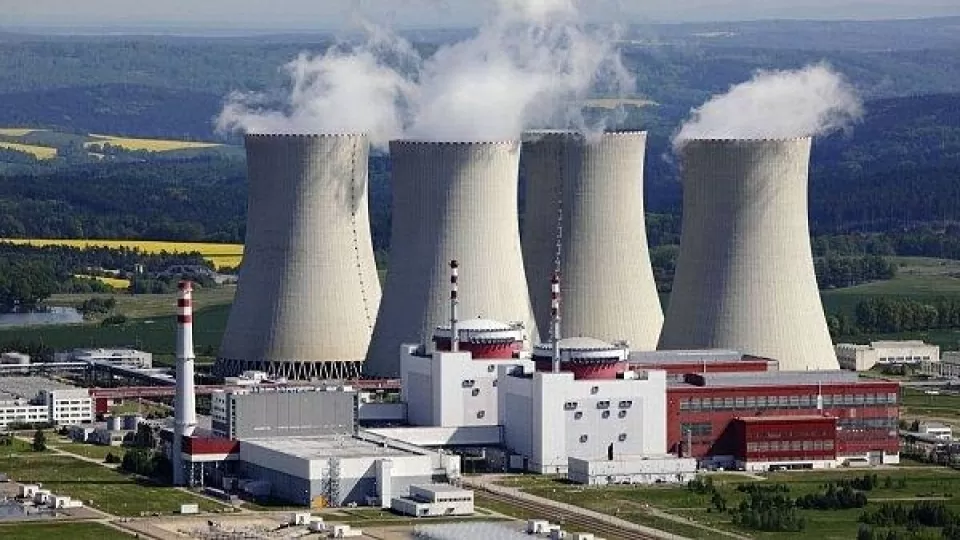 |
| The revival of the project signals Vietnam's shift towards energy diversification to meet rising electricity demand, while honouring its carbon reduction commitments. Illustration photo. (Source: ASEAN Centre for Energy) |
The revival of the Ninh Thuan nuclear power projects, with Petrovietnam and Vietnam Electricity (EVN) as the lead investors, marks a turning point in Vietnam's energy strategy, ensuring security and meeting rising electricity demand.
At COP28 in Dubai in December 2023, over 20 countries committed to tripling nuclear power capacity by 2050, driven by the urgency of the climate crisis and the renewed focus on energy security.
Vietnam's journey with nuclear energy dates back to when President Ho Chi Minh visited the Obninsk Nuclear Power Plant in the Soviet Union in 1955. Since then, nuclear power has been considered a potential solution for the country's long-term energy needs.
The initial plan for nuclear power plants in Ninh Thuan was approved in 2009, but the project was suspended in 2016 due to concerns over financial feasibility and safety.
The revival of the project signals Vietnam's shift towards energy diversification to meet rising electricity demand, while honouring its carbon reduction commitments.
| More from WVR |
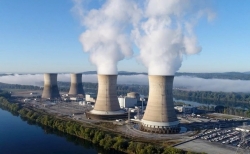 Experts highlighted key steps to ensure development of nuclear power plants in Vietnam Experts highlighted key steps to ensure development of nuclear power plants in Vietnam |
Nuclear power offers the lowest emissions among renewables and provides high-capacity, stable electricity essential for the country to meet its net zero goals. However, experts caution that restarting nuclear power development requires thorough preparation, significant investment and careful risk management.
The President of the Vietnam Atomic Energy Institute, Tran Chi Thanh, said the nuclear power project in Ninh Thuan had already planned suitable sites, established a regulatory framework and trained nuclear personnel.
“It is crucial to urgently build on the groundwork laid before 2016, as nuclear power development requires a long-term commitment. Among these efforts, human resources are key to success, while completing infrastructure - especially strengthening the nuclear regulatory system through amendments to the Atomic Energy Law - is an essential task,” Mr. Thanh said in a recent seminar on developing nuclear power in Vietnam held by Petrovietnam.
Nuclear power plant construction must comply with intergovernmental agreements, international treaties, national laws and meet technical standards.
Among the five major challenges of nuclear energy - safety, economic viability, spent fuel management, non-proliferation and public acceptance - safety remains the most critical. This includes controlling chain reactions, managing decay heat and handling radioactive waste.
According to experts, Vietnam must strictly adhere to International Atomic Energy Agency (IAEA) guidelines and collaborate with experienced countries like Russia, France and Japan for technology transfer and safety training.
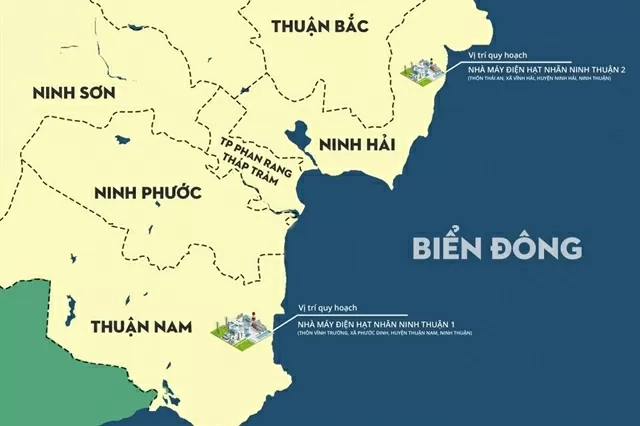 |
| The proposed sites for Ninh Thuan 1 and Ninh Thuan 2 nuclear power plants in Vietnam. (Source: pvn.vn) |
The IAEA's nuclear safety standards ensure proper operation, prevent accidents, and mitigate impacts to protect workers, the public and the environment from excessive radiation risks.
Additionally, one of the biggest challenges is financing.
Over its nearly century-long lifespan, a nuclear power plant remains cost-competitive and affordable. However, securing upfront financing can be challenging, particularly in market-driven economies and developing nations.
According to IAEA, small modular reactor (SMR) plants cost US$2.1–3.6 billion for 300MW, with a 2–3 year build time, while standard plants cost $6–9 billion and take at least five years.
Hoang Anh Tuan, former Director of the Department of Atomic Energy under the Ministry of Science and Technology, said that despite higher upfront cost, nuclear power would remain competitive, except in areas with cheap fossil fuels. They would benefit from low fuel expenses and significantly lower system costs than intermittent renewables.
“Nuclear power plant construction is a typical large-scale infrastructure project worldwide, involving high costs and significant challenges. Therefore, it is essential to consider providing substantial long-term financial incentives to ensure a diverse and reliable power supply system,” Mr. Tuan said.
International cooperation also plays a vital role in this process.
Russia has expressed interest in assisting Vietnam's nuclear ambitions, particularly in training personnel and providing technological expertise. Other countries with advanced nuclear industries, such as the United States and South Korea, could also contribute through knowledge sharing and investment opportunities.
Prime Minister Pham Minh Chinh in early February assigned EVN to invest in Ninh Thuan 1, and Petrovietnam to oversee Ninh Thuan 2. Each plant will have two reactor units, located in Phuoc Dinh and Vinh Hai communes, respectively, in Ninh Thuan Province.
Petrovietnam Chairman Le Manh Hung emphasised the urgent need for nuclear power to support Vietnam's economic goals, with the Ninh Thuan plant set to become operational by 2030-31 as per Prime Minister’s direction.
Petrovietnam aims to become a National Industrial - Energy Group, gradually transitioning to renewables and emerging energy technologies.
Mr. Hung has urged the company to focus on five key areas - optimising capital costs, selecting safe nuclear technologies, developing skilled human resources, securing financing and establishing a risk management framework for nuclear projects.
Vietnam has set a target of over 8 per cent growth this year and double digits ahead, which will require an annual increase of between 12-14 per cent in power supplies. Nuclear energy will diversify supply, ensure energy security and support the net zero goal set for 2050.




